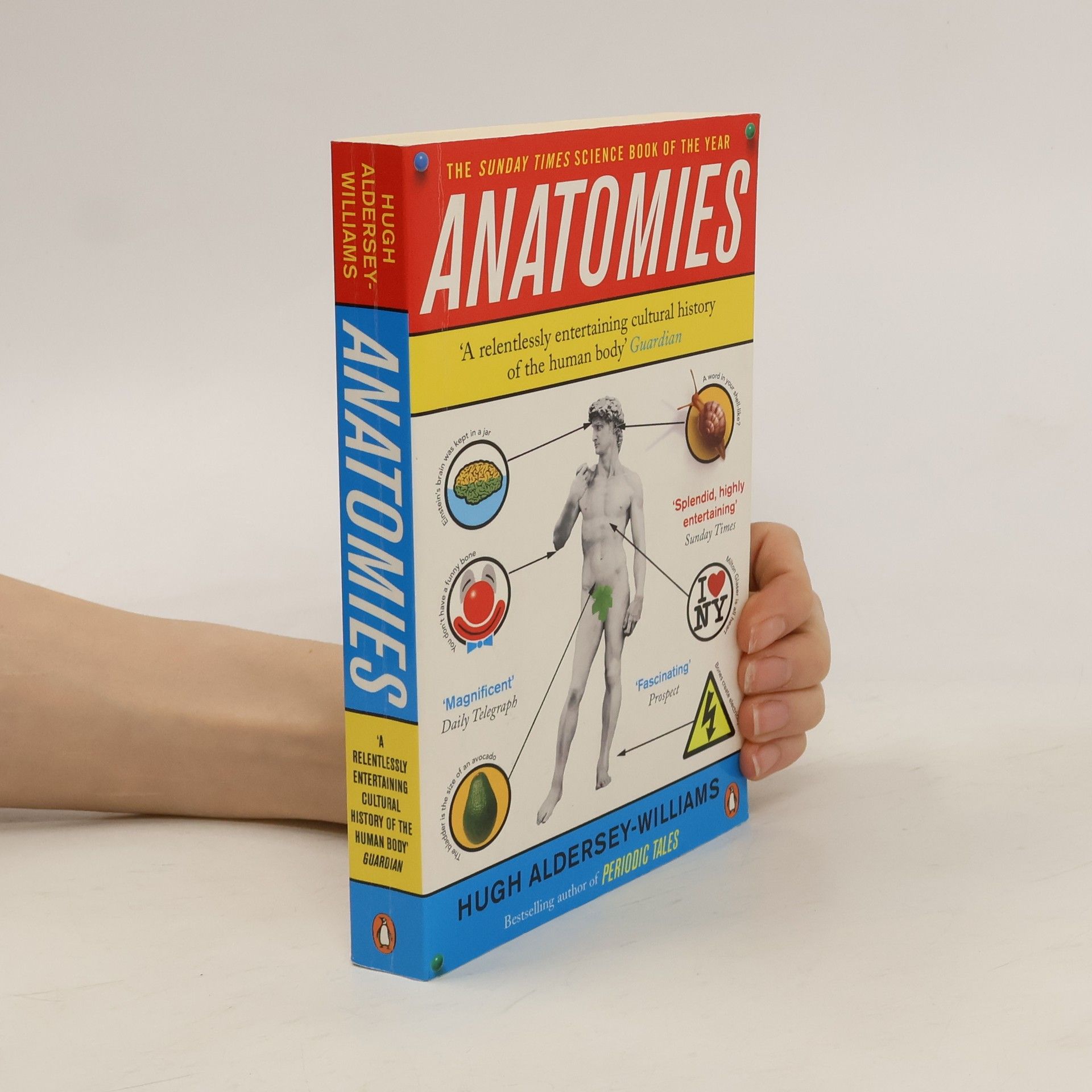Periodické příběhy
- 302 stránok
- 11 hodin čítania
Podtitul: Zvláštní životy prvků. Chemické prvky tvoří všechno ve vesmíru, včetně vás. Lze je uspořádat do krátké a přehledné periodické tabulky, přesto však všechny mají svou osobnost, vlastnosti, silné a slabé stránky. O tom všem pojednává kniha Periodické příběhy, která se však od běžných populárně-naučných knih v jedné zásadní věci liší: nezabývá se jen prvky samotnými, případně historií jejich objevu a využití, ale plasticky ukazuje jejich osudy v lidské společnosti a kultuře. Nedozvíte se jen, kdo a kdy objevil chrom a k čemu se dá použít, ale i to, jak se pod jeho vlivem proměňoval americký automobilový průmysl a jak změnil vnímání sexuality v moderní společnosti. Rovněž se dočtete, že proslulé pařížské „zinkové bary“ ze zinku nejspíše vůbec nebyly, proč je platina dražší než zlato, ačkoli je jí na světě mnohem víc, nebo se naučíte po alchymistickém způsobu uvařit z moči fosfor. Zjistíte také, proč jsou dva chemické prvky pojmenovány po zcela neznámých lidech, zatímco na skutečné velikány chemie se nedostalo, i to, proč vlastně zemřel Napoleon a kdo objevil vůbec nejvíce prvků. Kniha Periodické příběhy odhaluje udivující tajemství a líčí barvitou minulost chemických prvků v lidské kultuře. Má podobu úžasné a objevné cesty, která ukazuje, že příběhy prvků jsou i našimi příběhy a jejich životy jsou trvale a neoddělitelně spjaty s těmi našimi.


